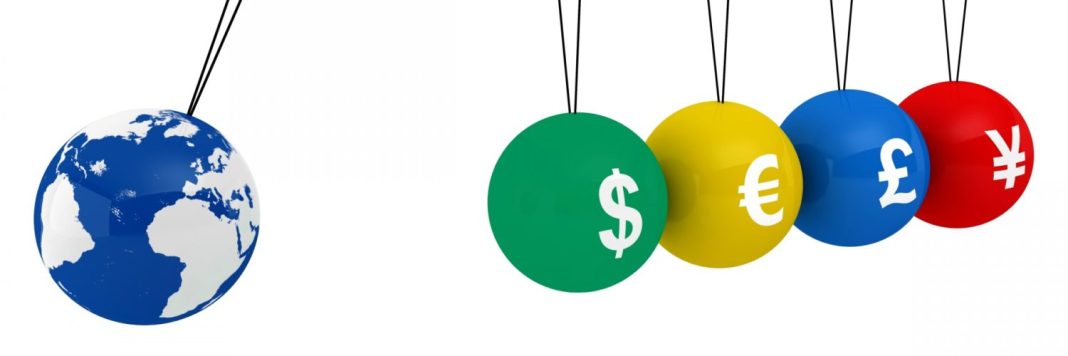 The Chinese Communist Party (CCP) has developed a strategic approach to evade U.S. sanctions and tariffs imposed on what is known as the “axis of evil,” which includes China, Russia, Iran, North Korea, Venezuela, and Burma. To bypass these restrictions, China has turned to “second-tier” axis partners such as Mexico and Vietnam, as well as countries like Thailand, Egypt, Malaysia, and Hungary. By investing in these second-tier countries, China can manufacture goods abroad and ship them to the United States and its allies without facing tariffs or sanctions.
The Chinese Communist Party (CCP) has developed a strategic approach to evade U.S. sanctions and tariffs imposed on what is known as the “axis of evil,” which includes China, Russia, Iran, North Korea, Venezuela, and Burma. To bypass these restrictions, China has turned to “second-tier” axis partners such as Mexico and Vietnam, as well as countries like Thailand, Egypt, Malaysia, and Hungary. By investing in these second-tier countries, China can manufacture goods abroad and ship them to the United States and its allies without facing tariffs or sanctions.
This strategy allows Chinese companies to continue exporting to the U.S. and its allies while rewarding authoritarian regimes that align with Beijing politically and diplomatically. It also protects Chinese investment from the risk of confiscation in a war scenario. The first-tier axis countries, which are already under U.S. sanctions or tariffs, are more desperate to sell, giving Chinese companies bargaining power to negotiate significant discounts on goods, particularly in the energy markets for oil and gas.
Beijing’s partnership with the axis countries is primarily transactional, driven by each country’s pursuit of its own national interests rather than a shared ideological commitment. This is evident in how China undercuts the price of Russian energy despite the sanctions imposed on Russia for its violation of Ukraine’s territorial integrity. The CCP’s approach to inter-axis trade and investments meant to support that trade, such as the Belt and Road infrastructure project, differs from its strategy of exporting to the U.S. and its allies.
For its export investment, China focuses on second-tier partners that are less likely to face tariffs or sanctions but still maintain relatively pro-Beijing governments. This approach allows Beijing to gain international political influence by demonstrating the benefits of aligning with China. However, there are few disincentives for countries to cooperate with China, as the United States and its allies are not actively seeking to counterbalance China’s influence.
It may be time for a change in approach. It is worth considering the sentiment expressed by leaders from both major U.S. parties in the context of the War on Terror: “you’re either with us or against us.” By taking a stronger stance and asking nations to choose sides in the superpower conflict, the United States and its allies could push back against China’s growing political influence and protect their economic interests.
In conclusion, China’s strategic investment in second-tier axis partners allows it to evade U.S. sanctions and tariffs while maintaining its export-oriented production. By aligning with countries that have relatively pro-Beijing governments, China gains political influence and expands its international reach. However, it may be necessary for the United States and its allies to take a more assertive stance to counterbalance China’s growing influence and protect their own interests.


